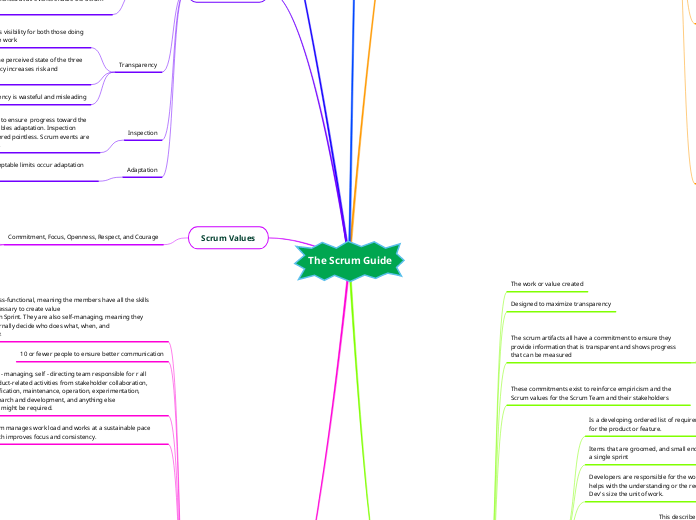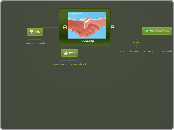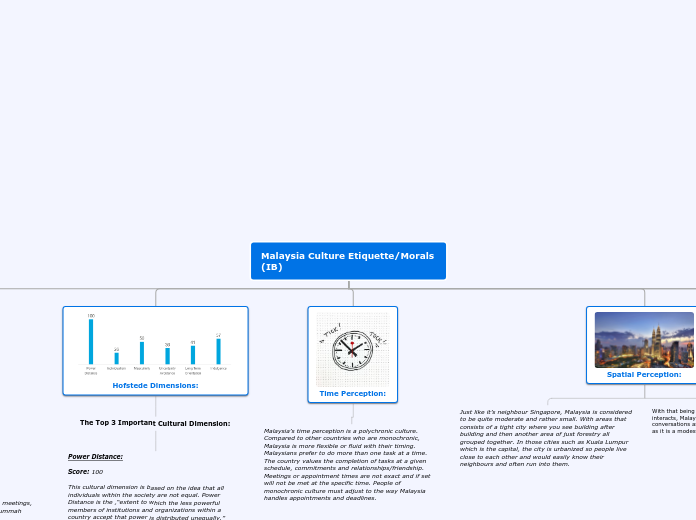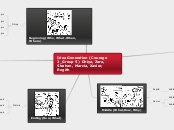The Scrum Guide
Scrum Team
Team responsibility - creating a valuable, useful Increment every Sprint. Scrum
defines three specific responsible roles within the Scrum Team: the Developers, the Product Owner, and
the Scrum Master.
Scrum Master
Serves
Organization
Helping employees and stakeholders understand and enact an empirical approach for complex work
Removing barriers between stakeholders and Scrum Teams
Planning and advising Scrum implementations within the organization.
Leading, training, and coaching the organization in its Scrum adoption.
Facilitating stakeholder collaboration as requested or needed.
Facilitating the establishment of empirical product planning for a complex environment.
Assisting the Scrum Team understand the need for clear and concise Product Backlog items.
Assisting PO to find techniques for effective Product Goal definition and Product Backlog management.
Guaranteeing that all Scrum events take place and are positive, productive, and kept within the timebox.
Inducing the removal of impediments to the Scrum Team’s progress.
Aiding the Scrum Team in focusing on creating high-value Increments that meet the Definition of Done.
Guiding the team members in self-management and cross-functionality.
Responsibilities
Team's effectiveness is influenced by the Scrum Master through enabling the team to improve their practices with in the scrum framework.
Establish Scrum as defined in the scrum guide.
Product Owner
The product owner is responsible for backlog management Developing and explicitly communicating the Product Goal;
● Creating and clearly communicating Product Backlog items;
● Ordering Product Backlog items; and,
● Ensuring that the Product Backlog is transparent, visible and understood.
The product owner is responsible for maximizing the value of product produced by the Scrum team.
Developers
Developers are always accountable for:
● Creating a plan for the Sprint, the Sprint Backlog;
● Instilling quality by adhering to a Definition of Done;
● Adapting their plan each day toward the Sprint Goal; and,
● Holding each other accountable as professionals.
Developers are committed to creating a working, valuable, useful increment each sprint
Team manages work load and works at a sustainable pace which improves focus and consistency.
Self - managing, self - directing team responsible for r all product-related activities from stakeholder collaboration,
verification, maintenance, operation, experimentation, research and development, and anything else
that might be required.
10 or fewer people to ensure better communication
Cross-functional, meaning the members have all the skills necessary to create value
each Sprint. They are also self-managing, meaning they internally decide who does what, when, and
how.
Scrum Values
Commitment, Focus, Openness, Respect, and Courage
Scrum reinforces these values
Because the Scrum team respects and trust each other to be independent and capable, the team will have the courage to do the right thing. They are open about the challenges to meet the sprint goals.
Proficiency in Commitment, Focus, Openness, Respect, and Courage creates successful use of scrum
Adaptation
When deviations outside acceptable limits occur adaptation must happen.
Inspection
Inspection occurs frequently to ensure progress toward the agreed goals. Inspection enables adaptation. Inspection without adaptation is considered pointless. Scrum events are
designed to provoke change.
Transparency
Inspection without transparency is wasteful and misleading
Decisions are made based on the perceived state of the three scrum artifacts. Low transparency increases risk and diminishes value.
The developing process requires visibility for both those doing the work and those receiving the work
The empirical Scrum pillars of transparency, inspection, and
adaptation when implemented at all events enable the Scrum events to work.
The Sprint is an all-inclusive event that contains four formal events for inspection and adaptation.
Scrum Approach
People with a variety of skills and expertise are engaged by Scrum to collectively work together to accomplish goals and share skills
An iterative, incremental approach to optimize predictability is employed by Scrum to manage risk
Scrum Foundation
Focusing on the essentials reduces waste and is known as lean thinking
Decisions based on observations through experience is empiricism.
Empiricism and lean thinking provide the foundation for scrum
Purpose of the Scrum Guide
The definition of Scrum is included in the Scrum Guide. The Scrum framework contains essential elements that serve a specific purpose that is essential to the overall value and results realized with Scrum.
Scrum is potentially rendered useless when core design ideas are changed, leaving out elements, or not following the rules of Scrum, covers up problems and limits the benefits of Scrum.
Scrum Definition
Scrum & existing practices
Scrum framework can employ various processes, techniques and methods can be employed. Scrum wraps
around existing practices or renders them unnecessary. The relative effectiveness of current management, environment, and work techniques, are exposed by scrum so that improvements can be made.
Scrum Rules
Rules of Scrum guide relationships and
interactions instead of providing detailed instructions for people to follow
Scrum Theory
Scrum is built through the collective intelligence of those using it.
Scrum framework defines only the parts necessary to implement Scrum Theory.
Scrum master - cultivates environment
Iteration is repeated
Results are inspected by the Scrum Team and Stakeholders and adjusted for the next Sprint.
A selection of the work is turned into an Increment of value during a Sprint by the Scrum Team
The work for a complex problem is ordered into a Product Backlog by the Product Owner
Light weight framework
Scrum Artifacts
Increment
Work for increment meets definition of done
The Developers are required to conform to the Definition of Done. If there are multiple Scrum Teams working together on a product, they must mutually define and comply with the same Definition of Done.
Increment is born when DOD is met
The agile way of working means that each feature has to follow steps of design, build and test. So the documentation is created and adjusted per feature.
Formal description of increment that meets the measured quality for the product
Concrete stepping stone toward the Product Goal
Sprint Backlog
Is updated as more is learned. should have enough detail that they can inspect their progress in the Daily Scrum.
Is the plan of what is expected to be accomplished during the sprint
Is a plan by the developers and for the developers
Sprint Goal
The Sprint Goal also creates coherence and focus, encouraging the Scrum Team to work together rather than on separate initiatives.
It is a single objective
Actionable plan for delivering the Increment (how).
The set of Product Backlog items selected for the Sprint (what)
The Sprint Backlog is composed of the Sprint Goal (why),
Product Backlog
Product definition
A product is a vehicle to deliver value. It has a clear boundary, known stakeholders, well-defined users or customers. A product could be a service, a physical product, or something more abstract.
Product Goal
The Product Goal is the long-term objective for the Scrum Team. They must fulfill (or abandon) one objective before taking on the next.
The rest of the Product Backlog emerges to define “what” will fulfill the Product Goal.
The product goal is in the backlog
This describes the future state of the product
Developers are responsible for the work and sizing. The PO helps with the understanding or the requirement to help the Dev's size the unit of work.
Items that are groomed, and small enough to be completed in a single sprint
Is a developing, ordered list of requirements of what is needed for the product or feature.
These commitments exist to reinforce empiricism and the Scrum values for the Scrum Team and their stakeholders
The scrum artifacts all have a commitment to ensure they provide information that is transparent and shows progress that can be measured
For the Increment it is the Definition of Done.
For the Sprint Backlog it is the Sprint Goal.
For the Product Backlog it is the Product Goal.
Designed to maximize transparency
The work or value created
Scrum Events
Sprint
Scrum Events with in Sprint
Sprint Retro
Retrospective
The Sprint Retrospective concludes the Sprint. It is timeboxed to a maximum of three hours for a one-month Sprint. For shorter Sprints, the event is usually shorter.
Identify
The Scrum Team identifies the most helpful changes to improve its effectiveness. The most impactful improvements are addressed as soon as possible. They may even be added to the Sprint Backlog for the next Sprint.
inspection
How the last Sprint went with regards to individuals, interactions, processes, tools, and their Definition of Done. Inspected elements often vary with the domain of work. Assumptions that led them astray are identified and their origins explored. The Scrum Team discusses what went well during the Sprint, what problems it encountered, and how those problems were (or were not) solved.
Plan ways to increase quality and effectiveness.
Sprint Review
Review
Scrum team and stakeholders review what was created. Discuss what has changed in their environment. Collaborate on next items. Backlog may need to be adjusted. The sprint review is a working session and should not be limited to a presentation.
Second to last event of the Sprint and is timeboxed to a maximum of four hours for a one-month Sprint. For shorter Sprints, the event is usually shorter.
Inspect the outcome of the Sprint and determine future adaptations. The Scrum Team presents the results of their work to key stakeholders and progress toward the Product Goal is discussed.
Daily Scrum
Improves
Communications, identify impediments, promote quick decision-making, and consequently eliminate the need for other meetings.
Goal
progress toward the Sprint Goal and produces an actionable plan for the next day of work. This creates focus and improves self-management.
Timeboxed
15 minutes and held at the same time daily to reduce complexity
Purpose
Inspect progress toward the Sprint Goal and adapt the Sprint Backlog as necessary, adjusting the upcoming planned work.
Sprint Planning
Topic 3 - How will the chosen work get done?
Sprint Planning is timeboxed to a maximum of eight hours for a one-month Sprint. For shorter Sprints, the event is usually shorter.
The Sprint Goal, the Product Backlog items selected for the Sprint, plus the plan for delivering them are together referred to as the Sprint Backlog.
Developers plan the work necessary to create an Increment that meets the Definition of Done. This done by breaking Product Backlog items into smaller work items of one day or less. Developers are the only ones that determine how to do this. No one else tells them how to turn Product Backlog items into Increments of value.
Topic 2 - What can be Done this Sprint?
Developers discuss what can be pulled into the sprint based on prior velocity and upcoming capacity and the choose items that meet the sprint goal with PO input.
Topic 1 - Why is the sprint valuable?
Sprint Goal is finalized before Sprint Planning is over.
Team collaborates to determine the sprint goal that communicates the value of the sprint to the stakeholders.
PO tells how the increment of work will add value
The team collaborates about the work and the PO guides the discussion to the most important and most valuable work.
Lays out the work to be completed in the sprint
When the sprint goal becomes obsolete it may be canceled by the product owner.
Sprint progress is forecasted through burn downs, burn ups, and cumulative flows BUT does not replace empiricism.
Shorter sprints increase learning and adaptation and reduce risk
Predictability is ensured through inspection and adaptation of progress toward a Product Goal during the sprint
During the sprint quality does not decrease, the Product Backlog is refined as needed scope and may be clarified and renegotiated with the Product Owner as more is learned. Sprint goal is not compromised.
All of the work necessary to complete a product goal happen in the sprint
Sprint Planning, Daily Scrums, Sprint Review, and Sprint Retrospective
Start next sprint immediately after closing the last one
Sprints are 1 to 4 weeks
Sprints are the life of scrum. This is where ideas are turned into increments of value.
All events are contained within the sprint









